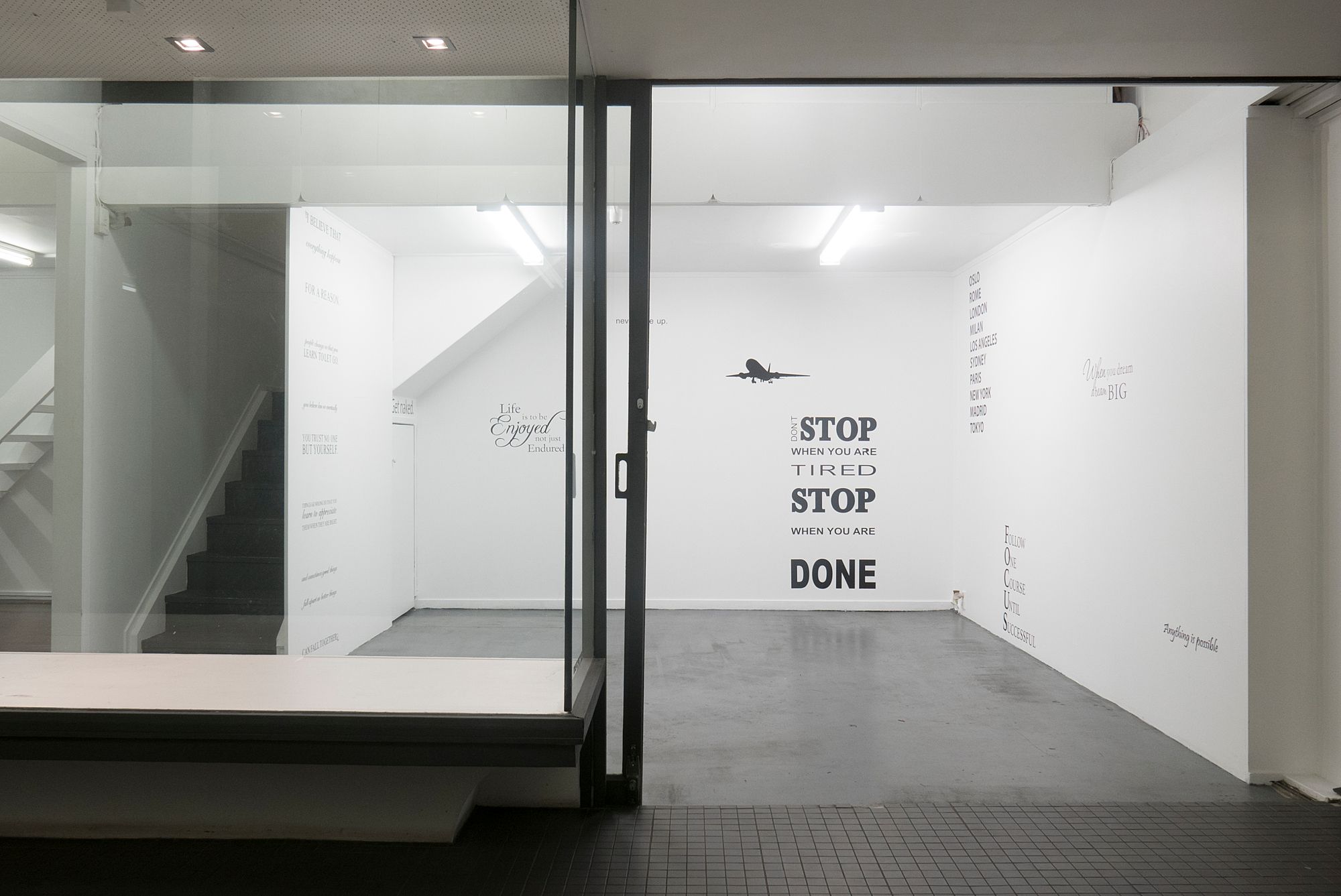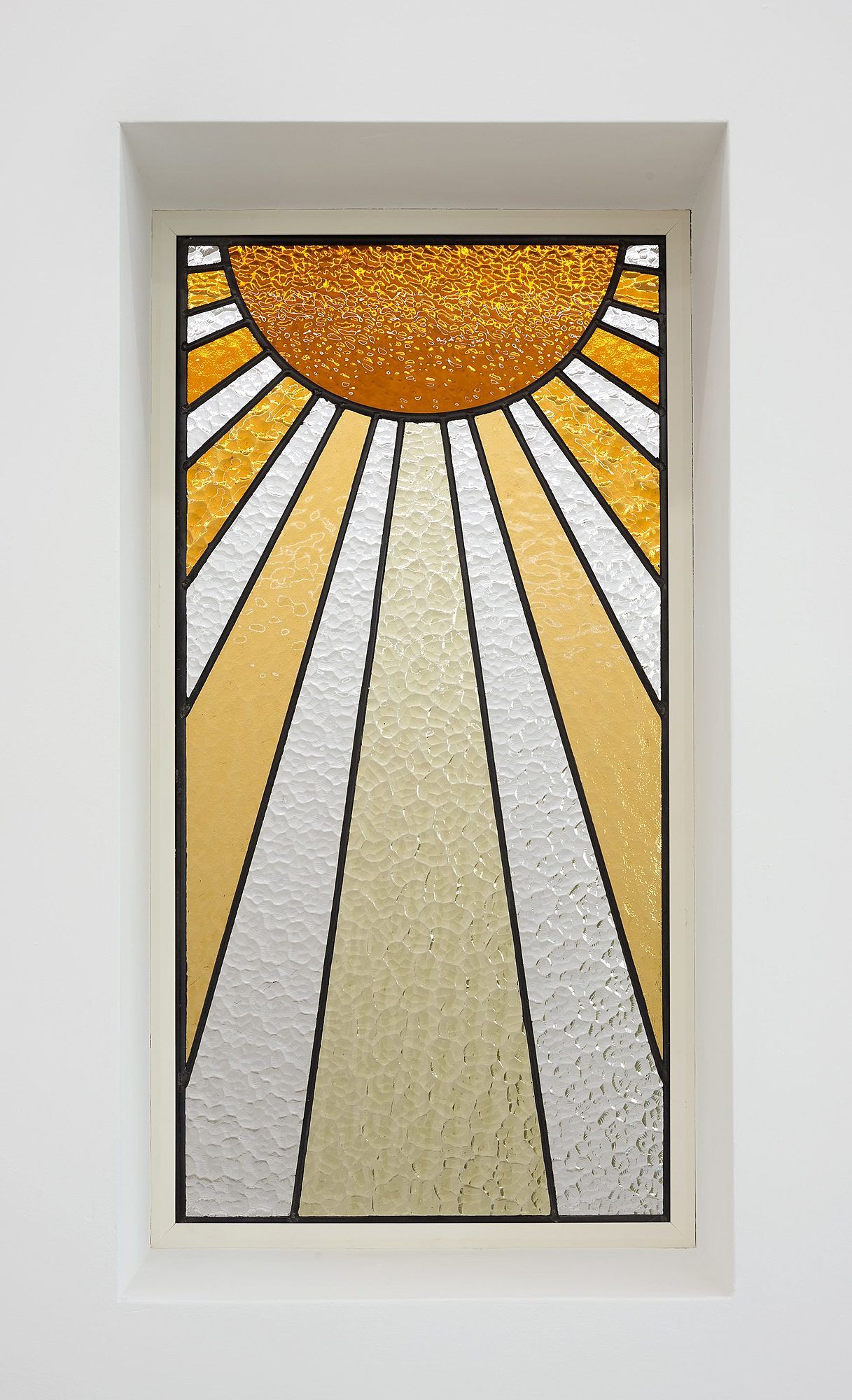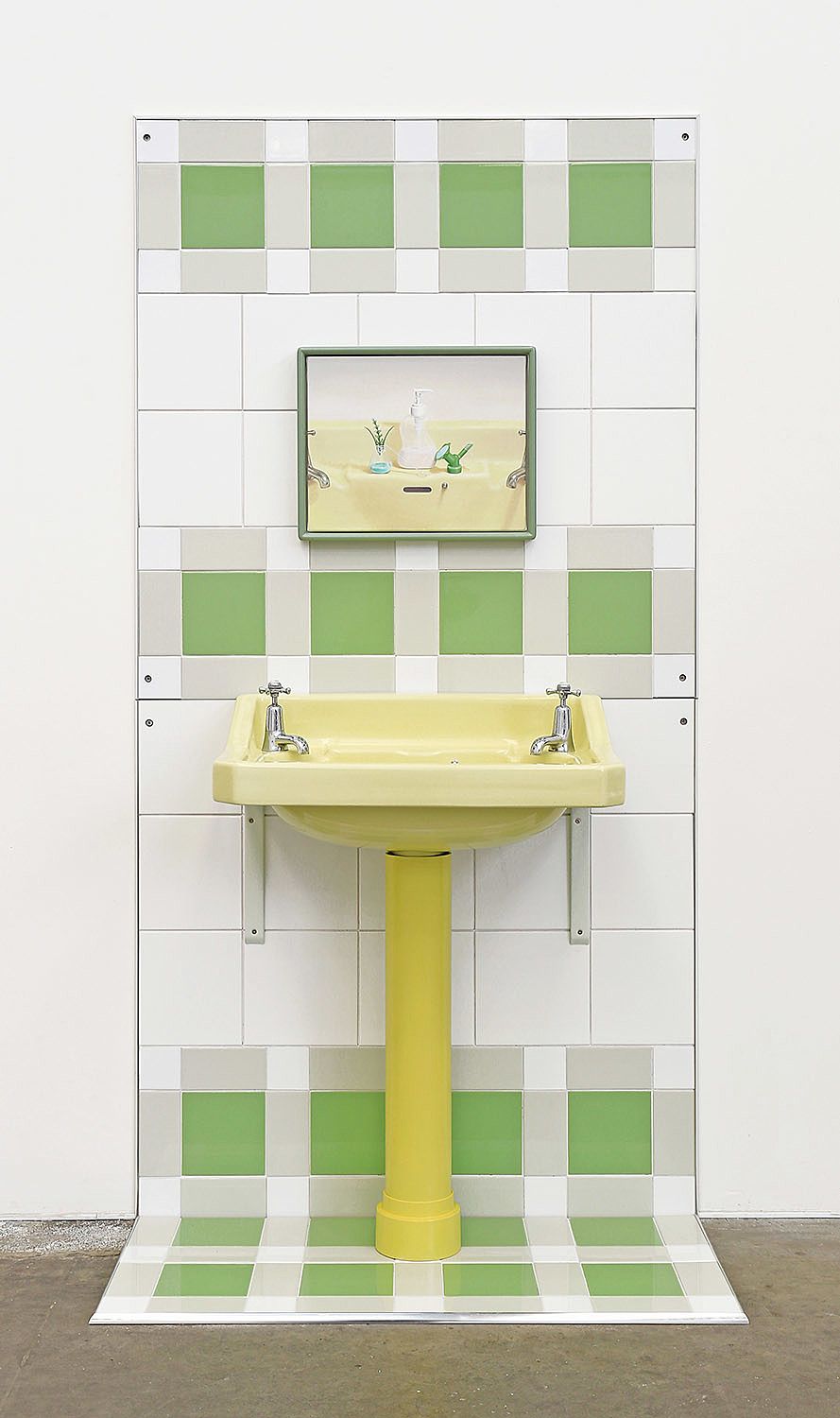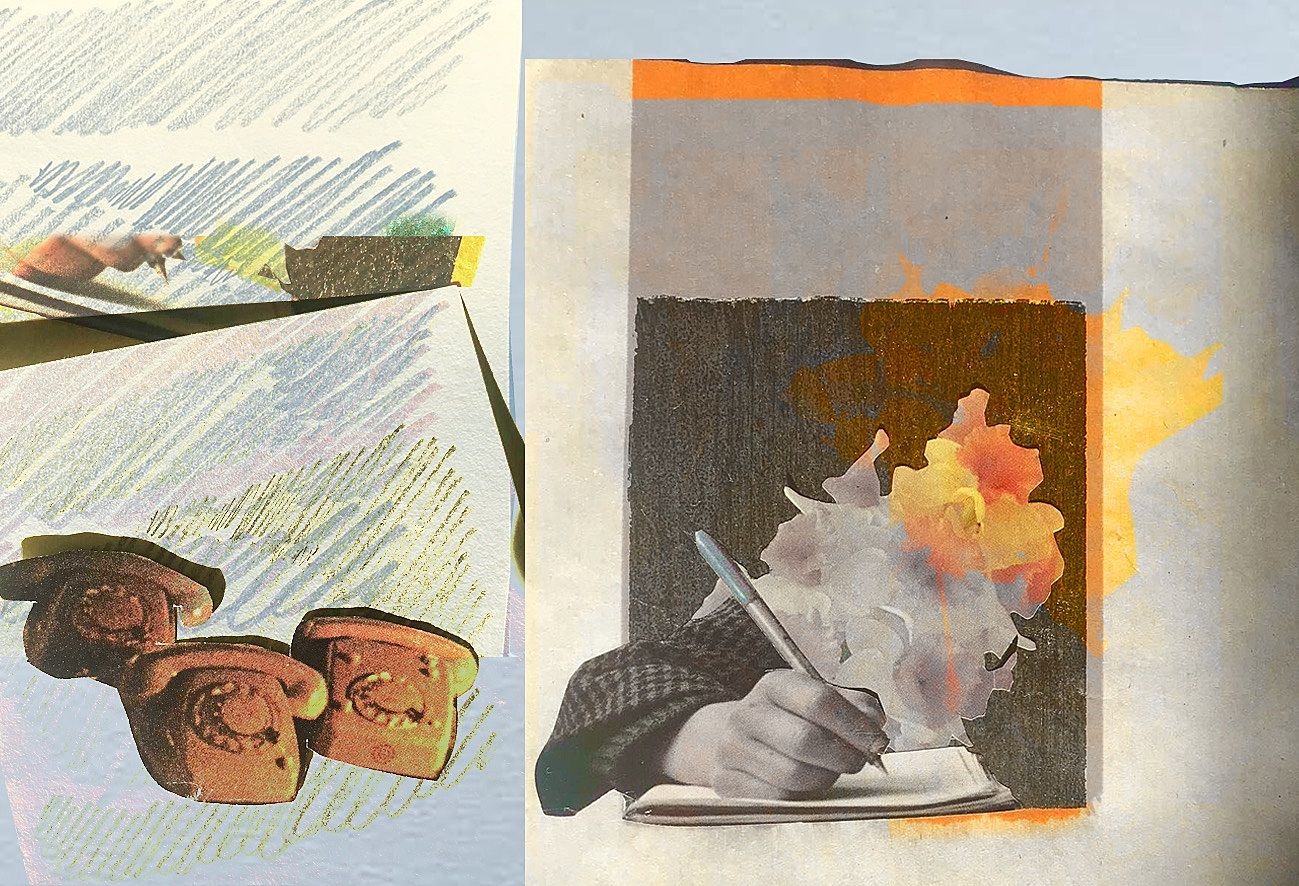The Unmissables: Four Exhibitions to see in May
A monthly round-up of notable, controversial and unmissable exhibitions in Tāmaki Makaurau and beyond.
A monthly round-up of notable, controversial and unmissable exhibitions in Tāmaki Makaurau and beyond.
The last month has felt breathless, with multiple exhibitions opening in the same evening, or opening amidst numerous storms, or opening concurrently with the peaceful occupation of the Fine Arts Library to protest the University of Auckland’s decision to close it down for good.
In tumultuous times, art can sometimes serve as a tonic, soothing the nerves and the soul. Honor Hamlet and Cameron Ah Loo-Matamua’s exhibition We Were Round at Window is one particularly palliative exhibition, beguiling in its blushing palette, gentle gestures and evocation of a paradisiac garden. Another is Pocket Histories – on show for just one more week at Te Uru. It’s a show about modernism, but with a restorative twist that loops the applied arts into a conversation from which they are so often excluded.
As we begin the soggy descent into winter, our team of writers has cast around for exhibitions to move and nourish you. Read on to discover this month’s most unmissable art offerings from Tāmaki Makaurau and Ōtautahi.
Promise a Future [2018]
The entrance to mercy pictures is down a disused shopping arcade off Karangahape Road. All the other shop spaces are empty. It feels a little like trying to find the bathroom in an unfamiliar mall – a feeling that is only heightened by the clean, vaguely chemical smell wafting down the corridor.
All of these factors set the scene for Amalia Ulman’s Promise a Future, in which the gallery space remains empty but for a series of generic monochrome decals affixed to the walls. Life is to be Enjoyed not just Endured, one reminds me. BE AWESOME TODAY, advises another. One simply lists coffee-related terms: Double Shot, Grande, French Roast, Macchiato, Good Morning. These decals feel as though they could be remnants from whatever store, office or café once occupied this space. Their overall tone might best be described as blandly instructional, with the majority of them offering encouragement so vague as to be applicable to almost anyone. Each of them gestures towards certain futures and lifestyles, making the suggestion that these could be yours if only you would live the way they are asking you to. But how does one BE AWESOME? How can I dream it and then do it without the means?
It is this deliberate conjuring of blandness, this slow panning of spotlight across the scene of banality which I so love about Ulman’s work. It provides us with pause enough to question, to see the obscenity. – Lucinda Bennett
Promise a Future [2018]
Amalia Ulman
mercy pictures
21 April – 12 May
Stolen Leopard
Stolen Leopard at Michael Lett is a fantastic pairing of new works by Australian artist Diena Georgetti and the gallery's own Imogen Taylor. Although the artists may be a generation apart, their paintings suggest that they share an uncannily similar approach to both aesthetics and humour. I think the following description of Georgetti’s from Robert Leonard could almost be applied to work from both artists, and helps to shed some light on the show's title. Leonard writes:
While there may be a general sense that her contents are second-hand, their sources remain elusive. We are left with a sense of déjà vu – the uncanny sense that we have seen these things before but can’t place them. They have been reanimated.
In a gallery that represents such a number of conceptual artists, it is somewhat disorienting to find works that could be located within the modernist canon. I tend to think of modernist painting and conceptualism as occupying quite different realms, but there are conceptual elements within these apparently modernist paintings, such as frames within frames, elements of pastiche and acrylic puzzles with unexpected, potentially psychological, details (a duck? an eye? curving leaves? a disembodied leg?), which I find myself admiring. – Eloise Callister-Baker
Stolen Leopard
Diena Georgetti & Imogen Taylor
Michael Lett Gallery
27 April – 26 May
Taste & Power, a prologue
For his latest exhibition at Hopkinson Mossman, Oscar Enberg presents the upturned tranquility of a patriarchal home. Meticulously arranged mugs greet the viewer by subtly spelling out the exhibition title in the most horrendously kitsch yet compelling display. An amber stained-glass window connects this entry space to a second gallery, punctuated by greeting cards, wooden figurines, knives and cursive wall text relating to an ostentatious recipe for a seventeen-chook matryoshka roast.
In the vein of his recent practice, this installation is part of a wider project that includes a performance (radio play) and sculptures that appear like relics of a fictitious world created by the artist. Intelligently crafted through engagement with expert artisans, these objects fit snugly around each other, uncanny in their hyperbole and worn-out verisimilitude.
The artworks in Taste & Power are supremely confident, with a kind of faux-generosity that plays on the foundations of Enberg’s sequestered narratives. Uplifting elements of folk, history and fairytale, the exhibition presents these meta-historical objects as autonomous within the gallery space in an ironically contentious display. – Becky Hemus
Taste & Power, a prologue
Oscar Enberg
Hopkinson Mossman
6 April – 12 May
Blue Rinse
Slick, seamless plastic and meticulous coated finishes are features of Emily Hartley-Skudder’s Blue Rinse. Works boast titles such as Tomboy Avocado, Lemon-Lime Sweetheart and Shy Rose Next Door, bringing colour, nostalgia and interior design into the gallery space.
Perhaps best known for her pastel-hued, photorealistic paintings, here Hartley-Skudder expands into three-dimensional installations. Each work is made up of a basin, wall texture or flooring, and framed paintings. All these elements are elegantly tied together with complementary colour palettes, smooth edges and patterning. They are placeable in a real everyday bathroom context but also similarly fit the gallery setting through an obsessive aesthetic. Against the pristine white walls, these pieces jut out at you, begging to be touched – and yet they’re so spotless you wouldn’t dare.
This exhibition isn’t just bed, bath and art gallery. The pieces have power that comes from the artificial enhancement of domestic staging. In the paintings, which place intricate painted objects into the basin scenes, one could read subtle themes about consumerism, home-making and disposable culture. Sitting between still-life painting, installation and ready-made art, the works in Blue Rinse reach past retro kitsch into something more refined and self-aware. – Cameron Ralston
Blue Rinse
Emily Hartley-Skudder
Jonathan Smart Gallery
27 April – 26 May
The Unmissables is presented in a partnership with the New Zealand Contemporary Art Trust, which covers the costs of paying our writers. We retain all editorial control.






